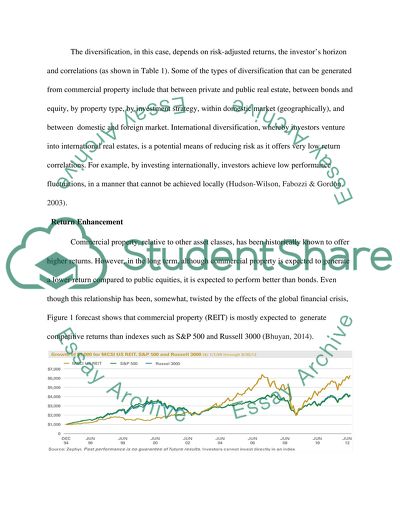Cite this document
(“Managerial Finance and Financial Markets Essay Example | Topics and Well Written Essays - 1500 words - 1”, n.d.)
Managerial Finance and Financial Markets Essay Example | Topics and Well Written Essays - 1500 words - 1. Retrieved from https://studentshare.org/finance-accounting/1673676-managerial-finance-and-financial-markets
Managerial Finance and Financial Markets Essay Example | Topics and Well Written Essays - 1500 words - 1. Retrieved from https://studentshare.org/finance-accounting/1673676-managerial-finance-and-financial-markets
(Managerial Finance and Financial Markets Essay Example | Topics and Well Written Essays - 1500 Words - 1)
Managerial Finance and Financial Markets Essay Example | Topics and Well Written Essays - 1500 Words - 1. https://studentshare.org/finance-accounting/1673676-managerial-finance-and-financial-markets.
Managerial Finance and Financial Markets Essay Example | Topics and Well Written Essays - 1500 Words - 1. https://studentshare.org/finance-accounting/1673676-managerial-finance-and-financial-markets.
“Managerial Finance and Financial Markets Essay Example | Topics and Well Written Essays - 1500 Words - 1”, n.d. https://studentshare.org/finance-accounting/1673676-managerial-finance-and-financial-markets.


